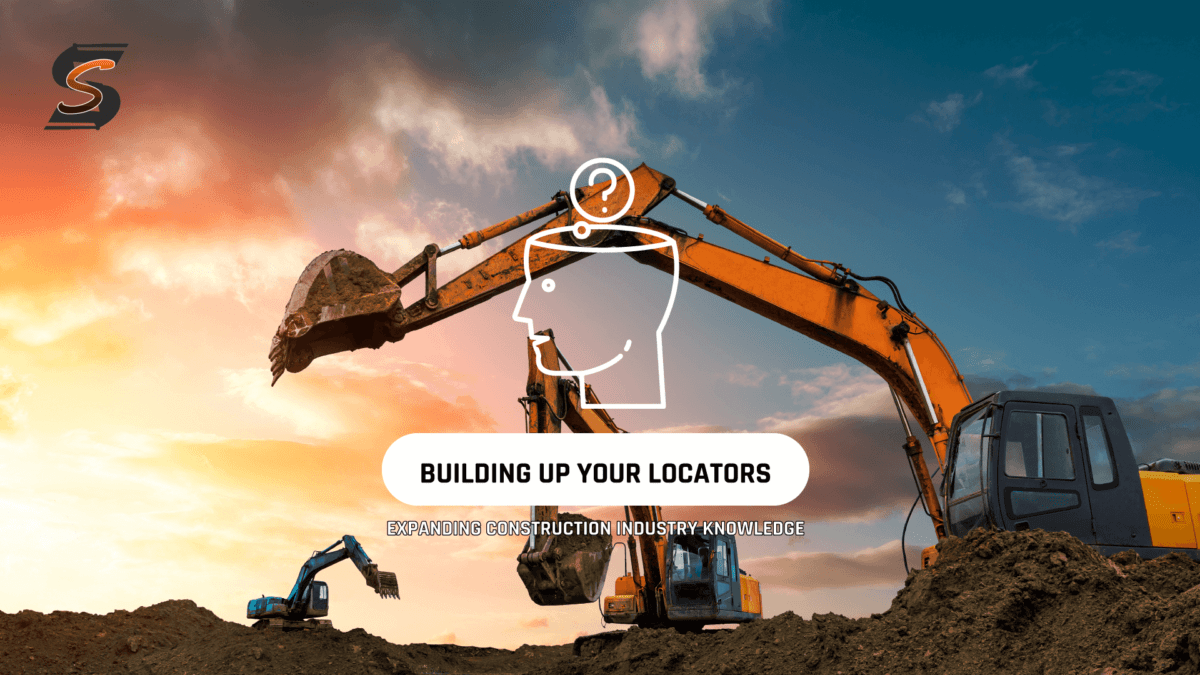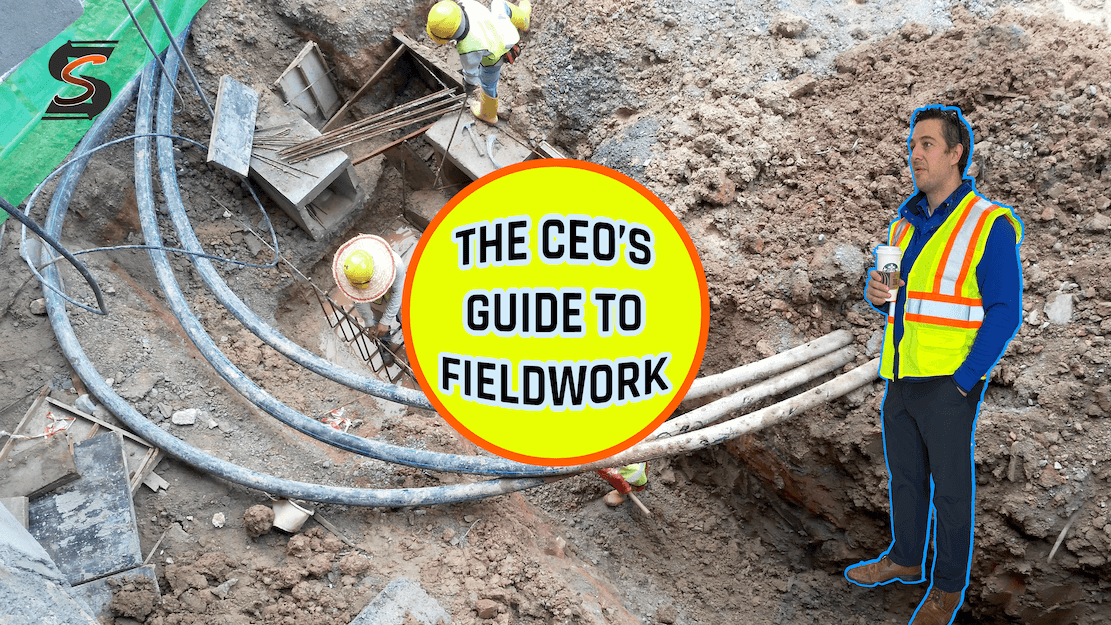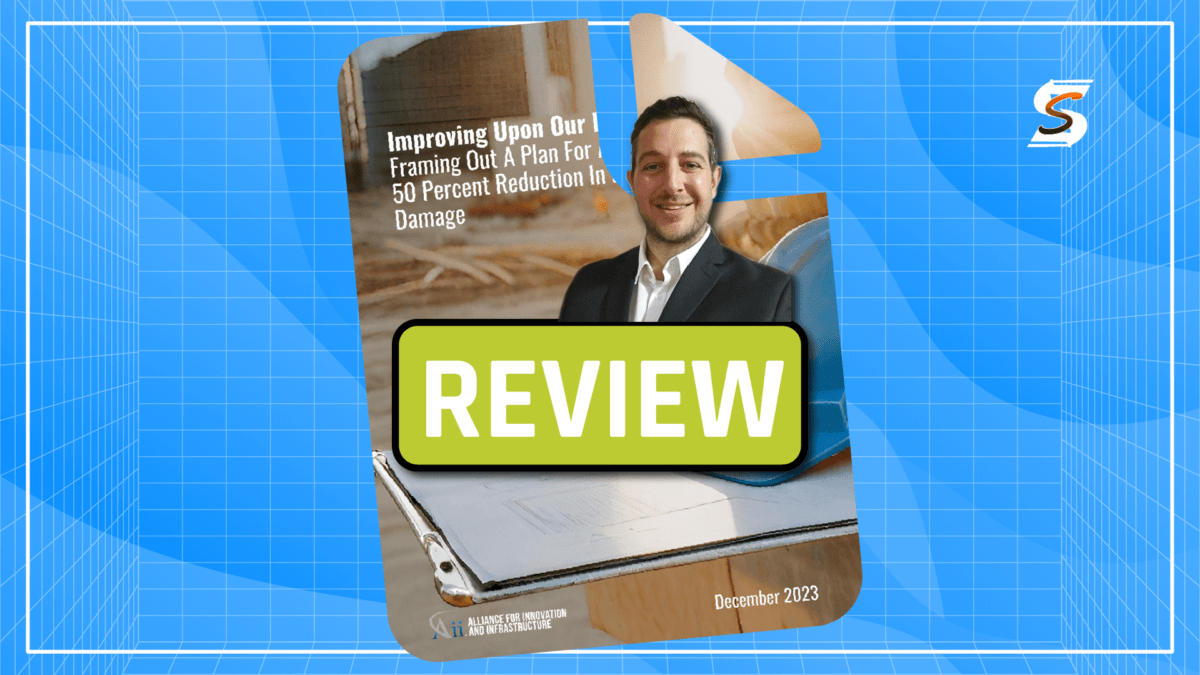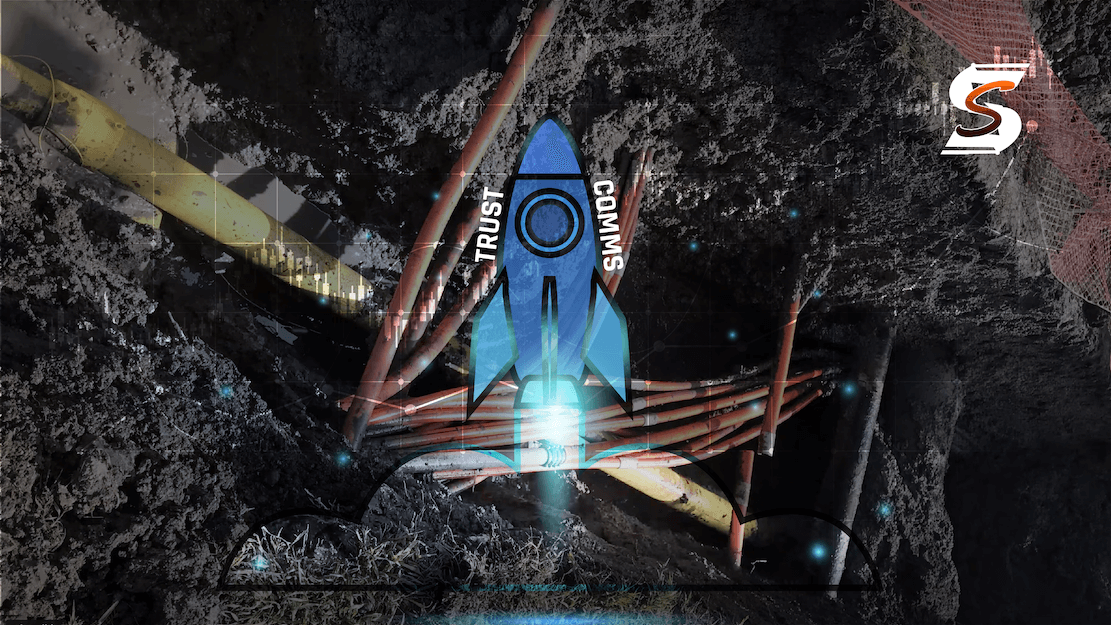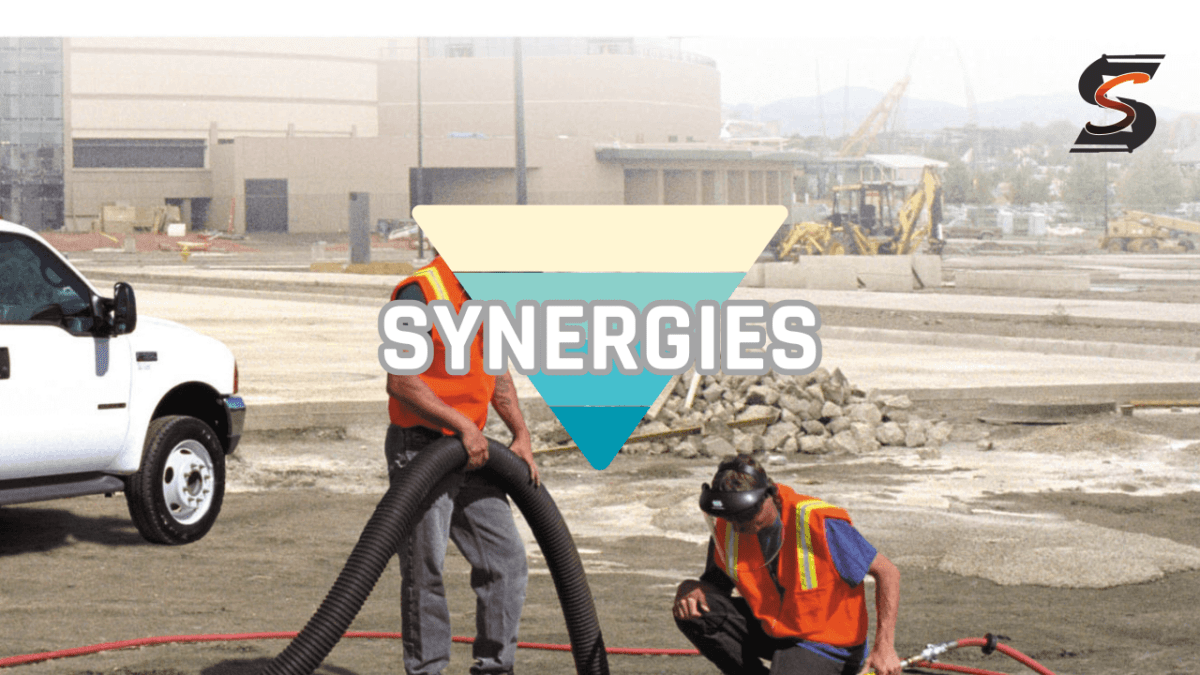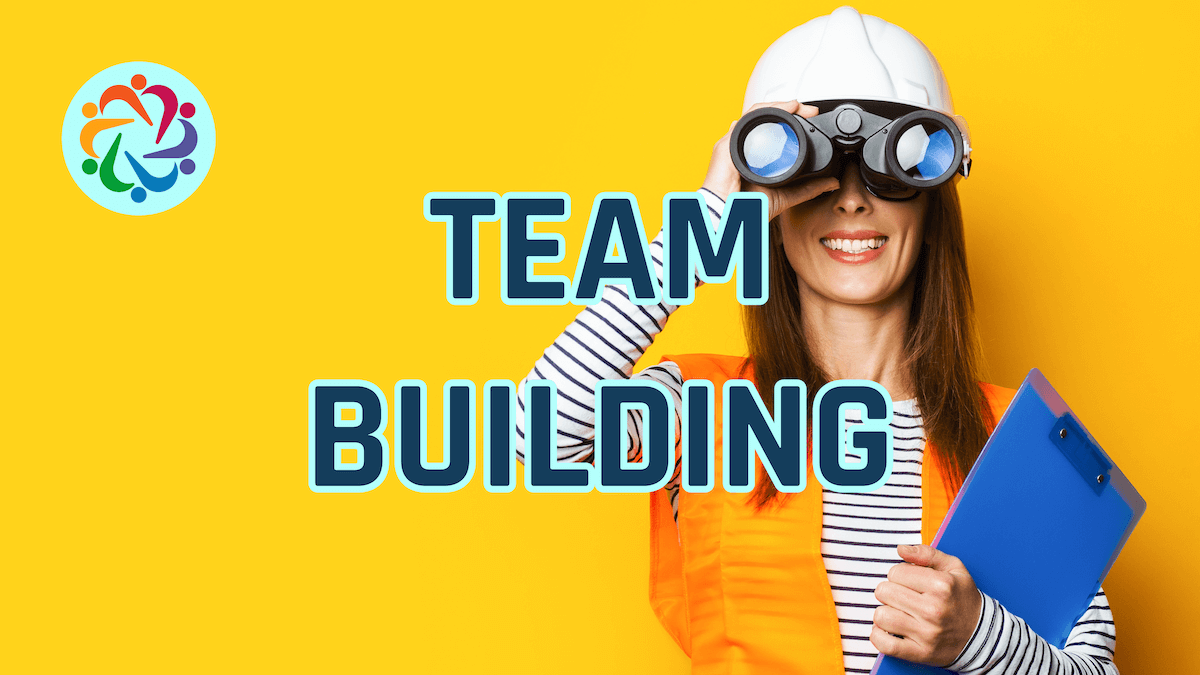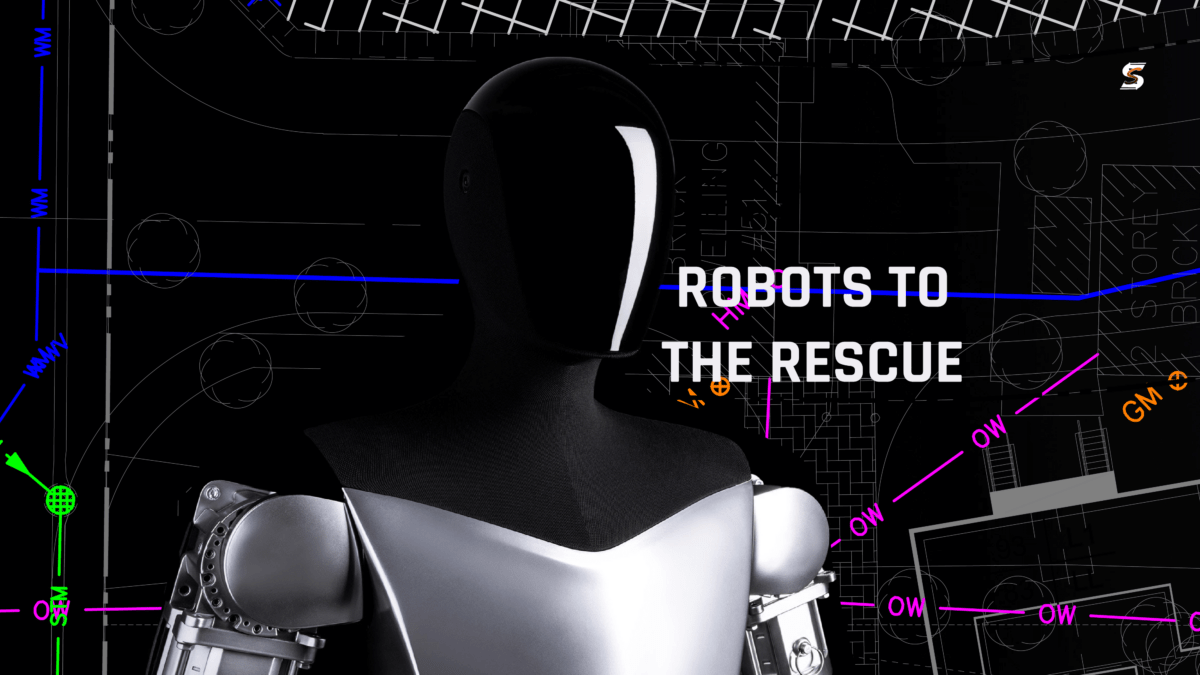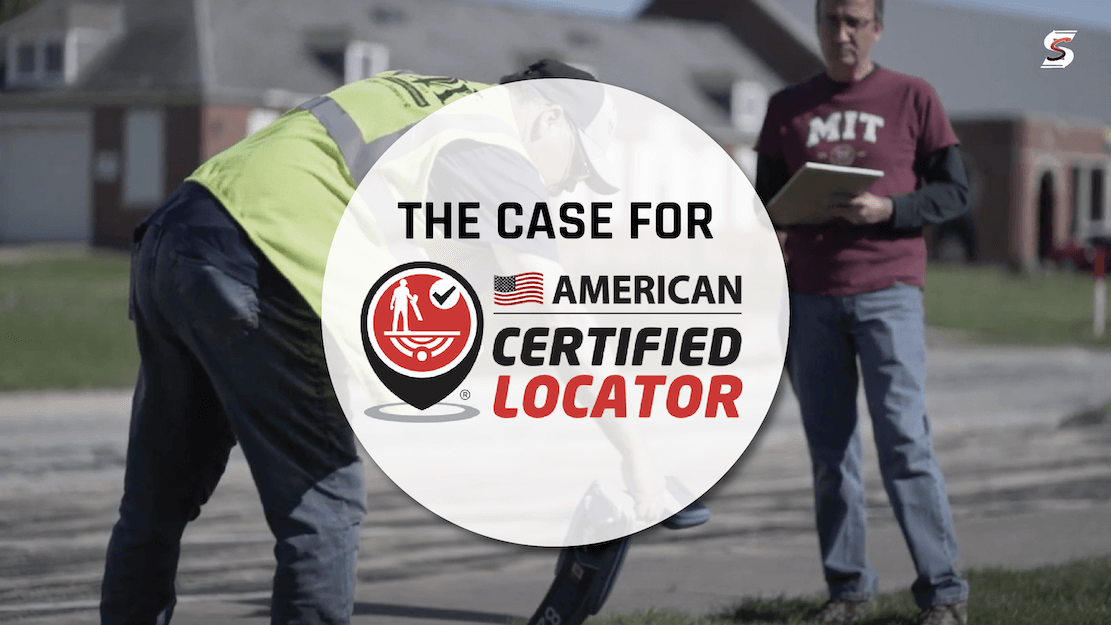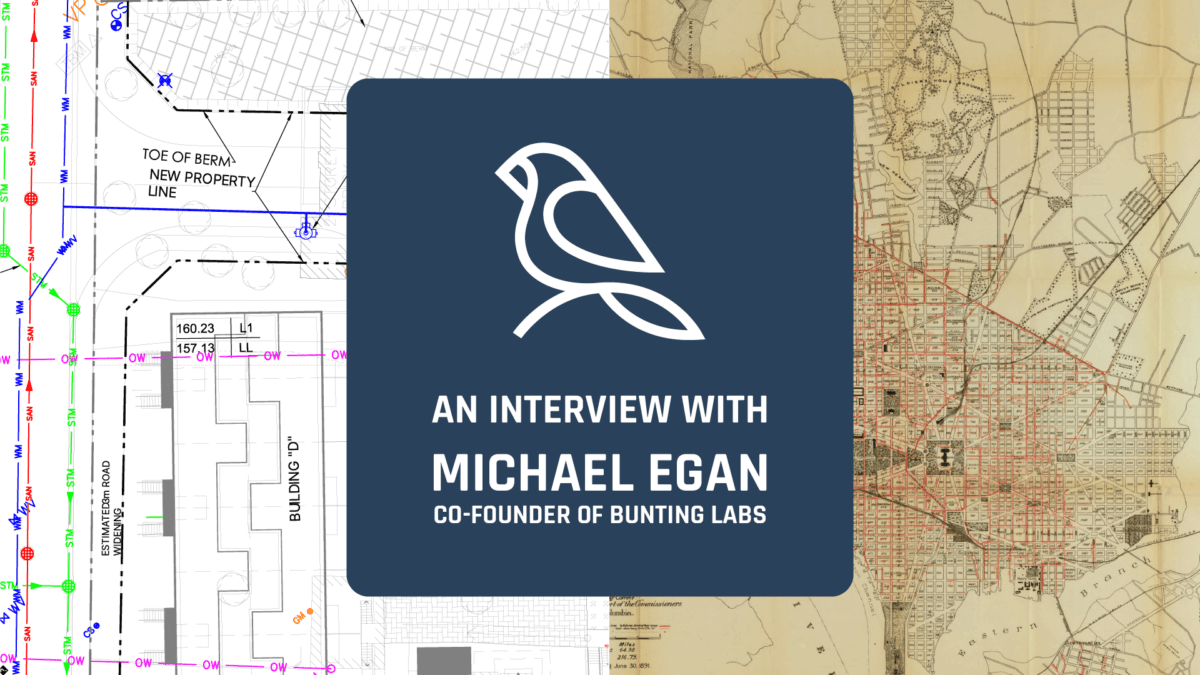With the amount of data associated with critical infrastructure and damage prevention cybersecurity is becoming a more and more important, the threat landscape is constantly evolving, and the protection of critical infrastructure has never been more crucial. As we witness an alarming surge in cyber attacks targeting vital systems such as energy grids, water supplies, and transportation networks, it becomes …
BUILDING UP YOUR LOCATORS
Being a proficient locator in the construction industry requires more than just technical know-how. When we send kids to a liberal arts university the intention is to get a wider knowledge of the world than just their specific major, I think we need to take that same tactic with locating. It demands a comprehensive understanding of construction standards, varied utility …
THE CEO’S GUIDE TO FIELD WORK
In the general busyness of my everyday life with kids, and work it’s pretty tempting to work from home or our nearby office and sit behind my screen all day. It makes it more straightforward and I can get a lot done that way. Yet, as the CEO of a company dedicated to damage prevention software ( Competers Inc. ), …
A REVIEW OF AII’S DIG LAW PROPOSAL
Back in December the Alliance for Innovation and Infrastructure (Aii) produced a report called Improving Our Dig Laws: Framing Out A Plan for Achieving A 50 Percent Reduction in Excavation Damage. It’s a report that I overlooked at the time but I’ve spent a few hours looking it over and it’s a real substantial piece of work. It’s effectively a …
BOOSTING TRUST & COMMUNICATION IN DAMAGE PREVENTION
In the past few weeks I’ve met with a number of excavators who keep echoing the same complaint (which I’ve been hearing my entire career in this industry) which is, ‘we (excavators) have stopped bringing up issues with utilities because we (excavators) keep hearing the same excuses’. I understand the frustrations from both sides because we have customers that are …
SYNERGIES: LET’S COLLABORATE
In the world of excavation safety and infrastructure protection, a multifaceted approach is essential to mitigate risks and ensure the integrity of underground utilities. This article explores the intersection of collaborative efforts, information sharing, and subsurface utility engineering in fostering safer excavation practices. By combining these elements, stakeholders can enhance compliance with 811 laws, boost private locate usage, and empower …
BUILDING A STRONG LOCATING TEAM
Retaining staff and building your locate division is a tricky endeavor. As utility locating continues to gain prominence in the construction and infrastructure sectors, the importance of assembling a skilled and dedicated team cannot be overstated. Whether you’re a seasoned industry veteran or a burgeoning startup, attracting and retaining top talent is crucial for the success and growth of your …
ROBOTS IN DAMAGE PREVENTION
If we’re going to meet the 50-in-5 target we’re going to need to continue to innovate in preventing damage to underground utilities. This week one of our team was at a Tesla store in LA and seen their robot Optimus and it triggered me to look at where we’re currently using robotics in damage prevention and what’s coming up next! …
MAKING THE CASE FOR LOCATOR CERTIFICATION
A Vital Step in Damage Prevention Last week I attended Mike Parilac’s impactful presentation at the Louisiana 811 Damage Prevention Summit, the importance of locator certification in the field of utility management became glaringly apparent. As an observer at the Utility Expo where Mike launched this initiative back in September, his passion for certification and its potential impact on damage …
AN INTERVIEW WITH MICHAEL EGAN
Bunting Labs, a San Francisco-based startup co-founded by Michael Egan and Brendan Ashworth, is on a mission to accelerate map digitization using AI. The fusion of mapping, digitization, and AI intrigued me, prompting a conversation with Michael to delve into their technology and explore potential applications in the realm of damage prevention. Here’s how it went: A CHAT WITH …


